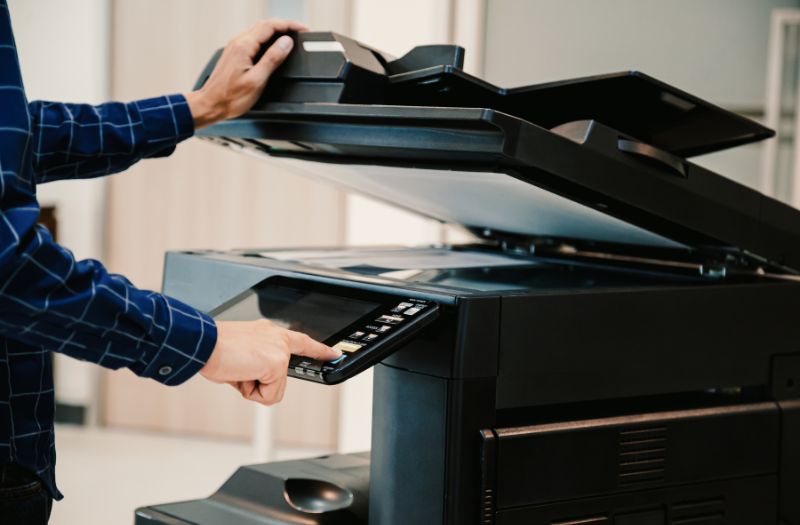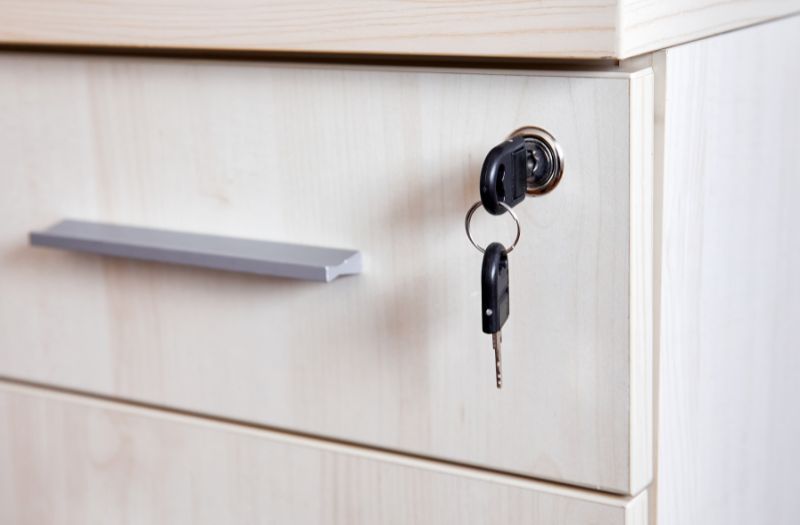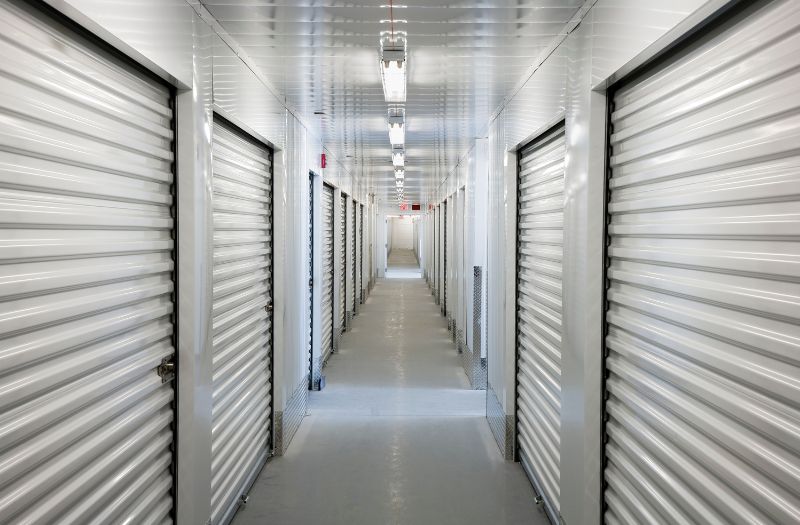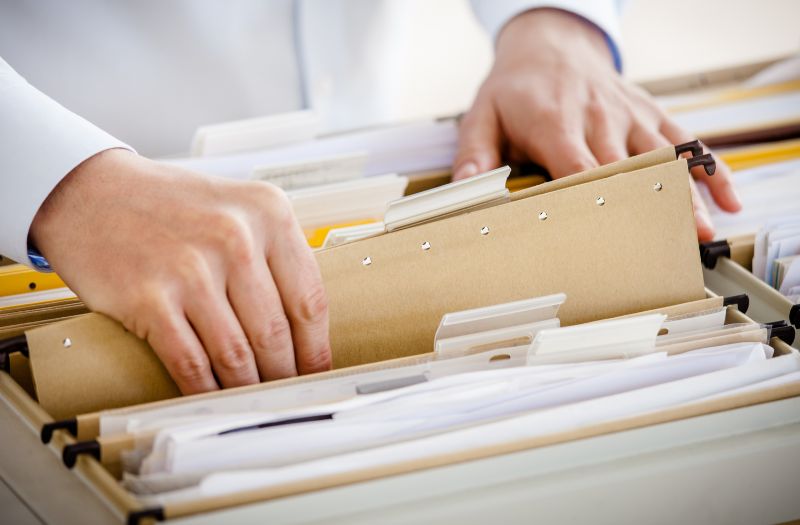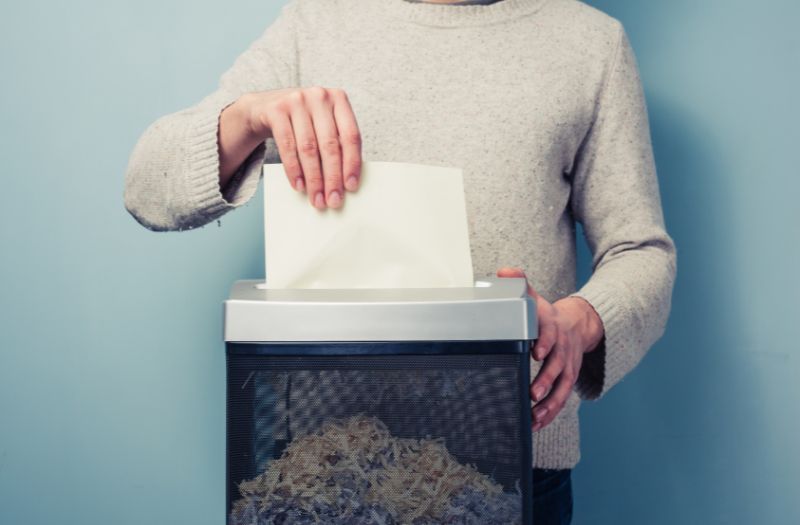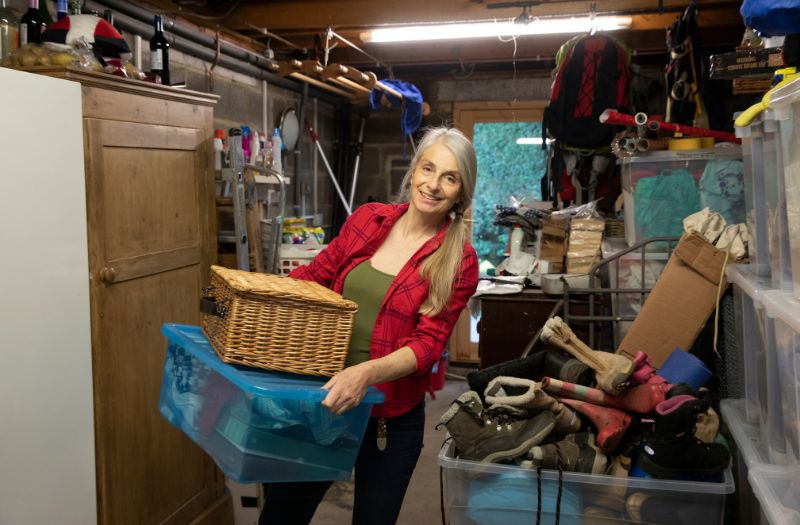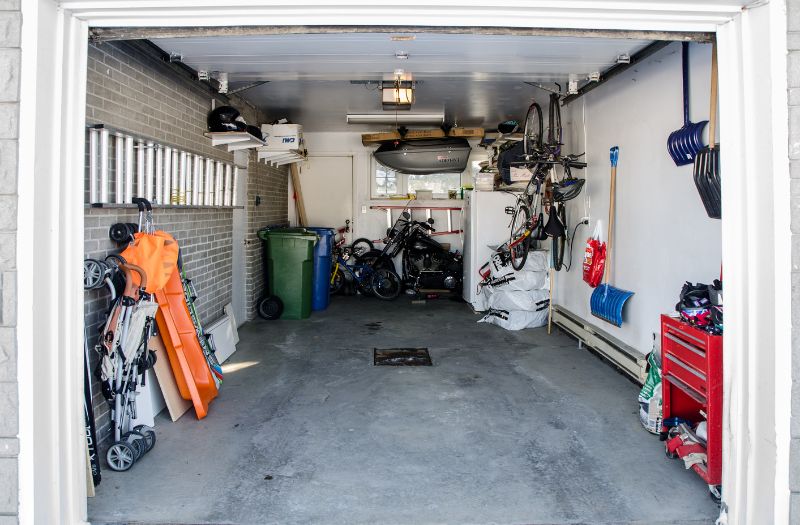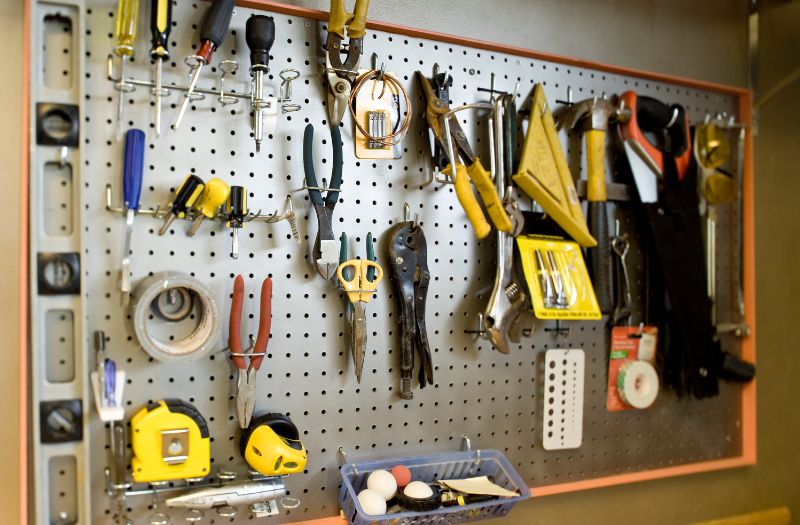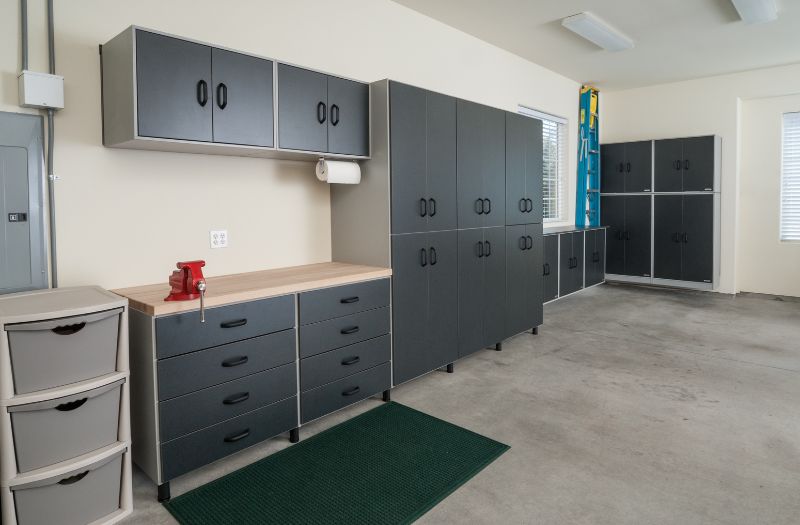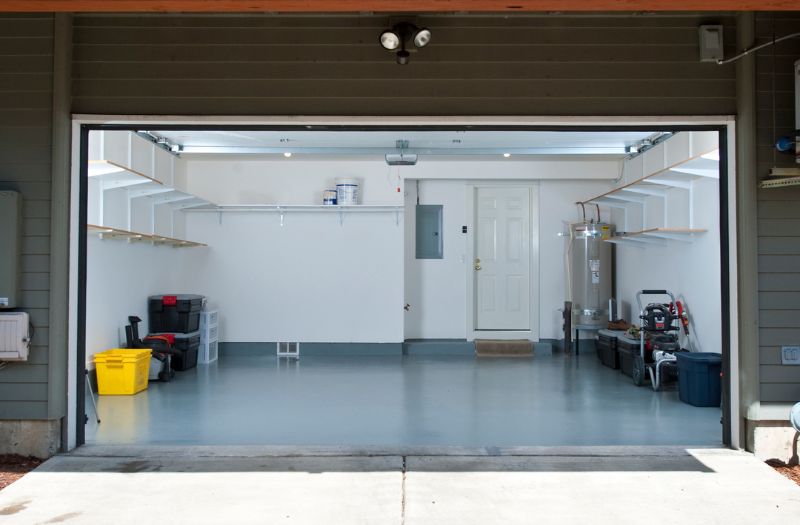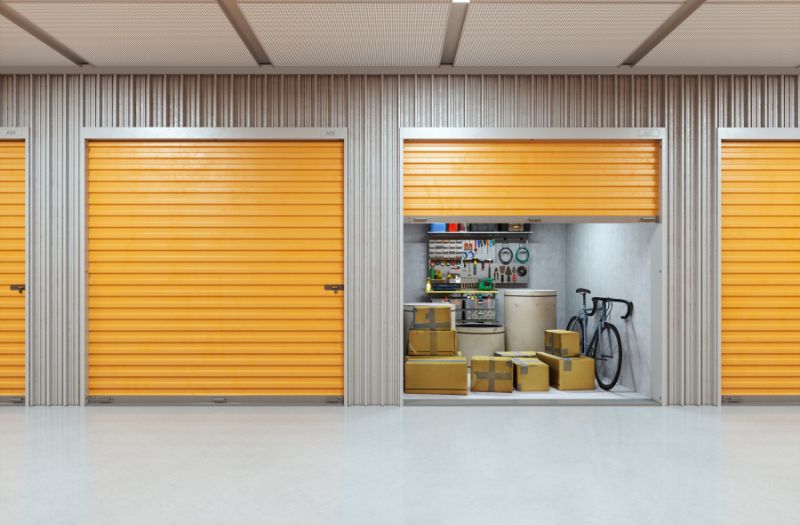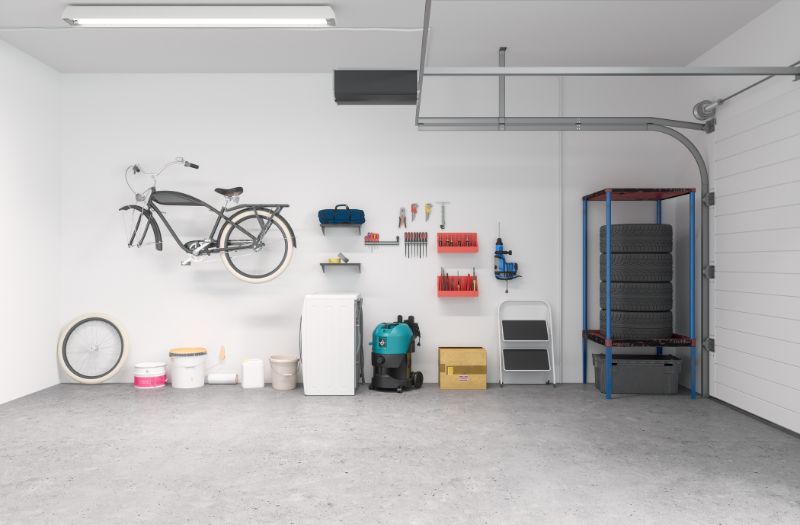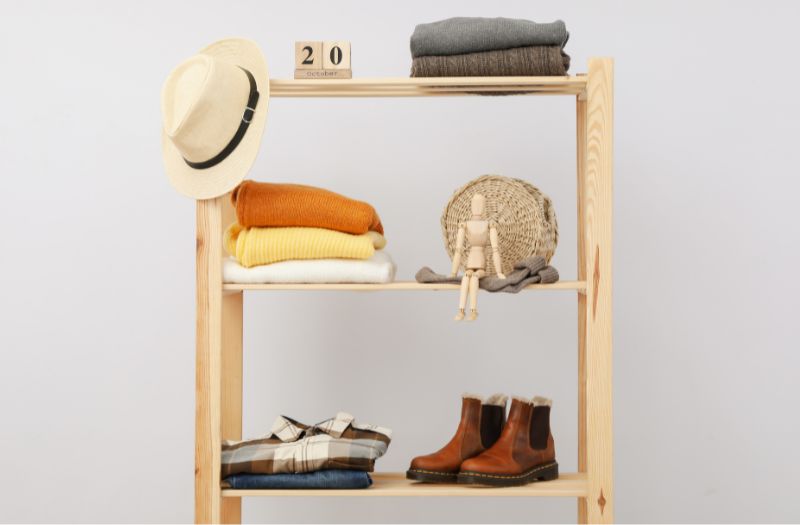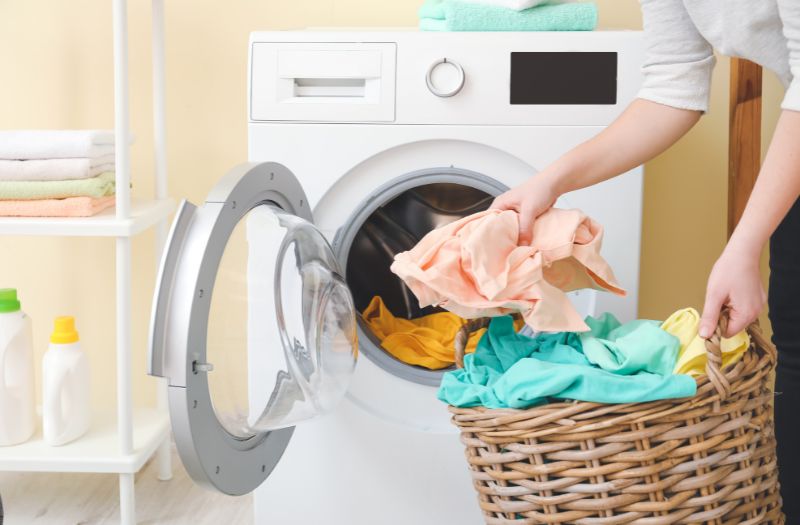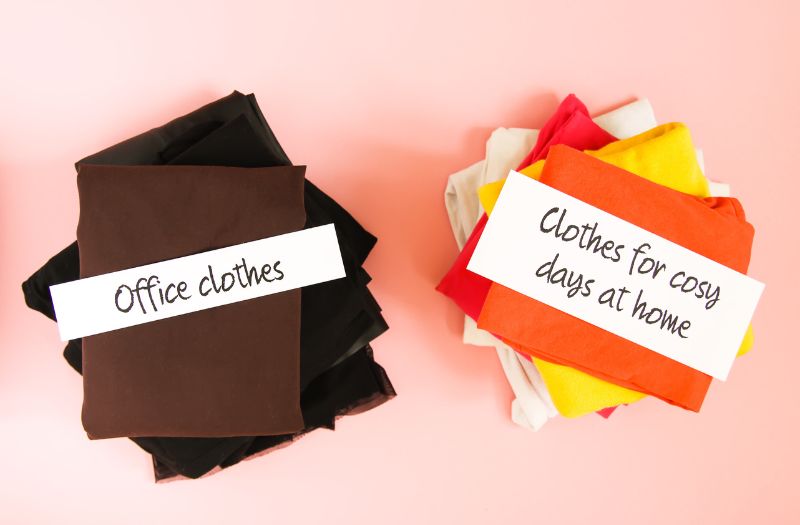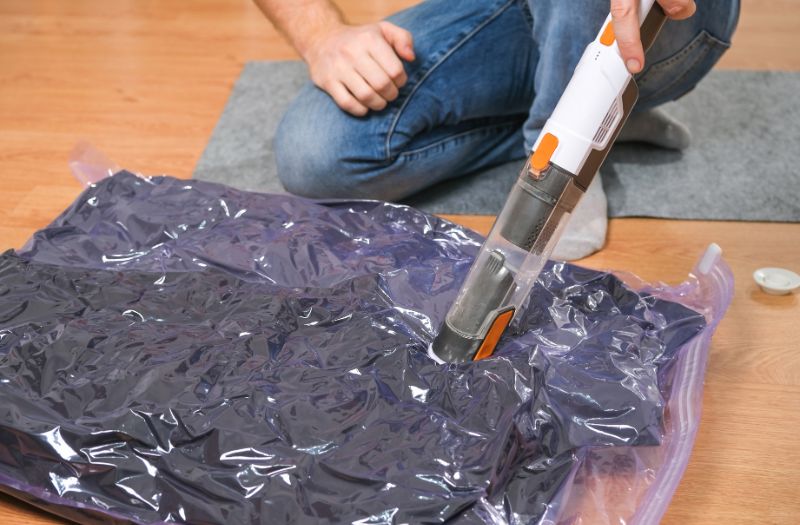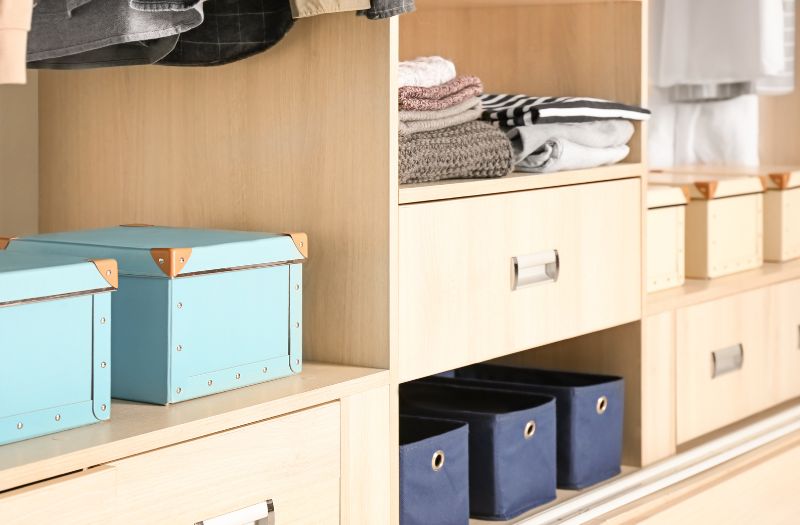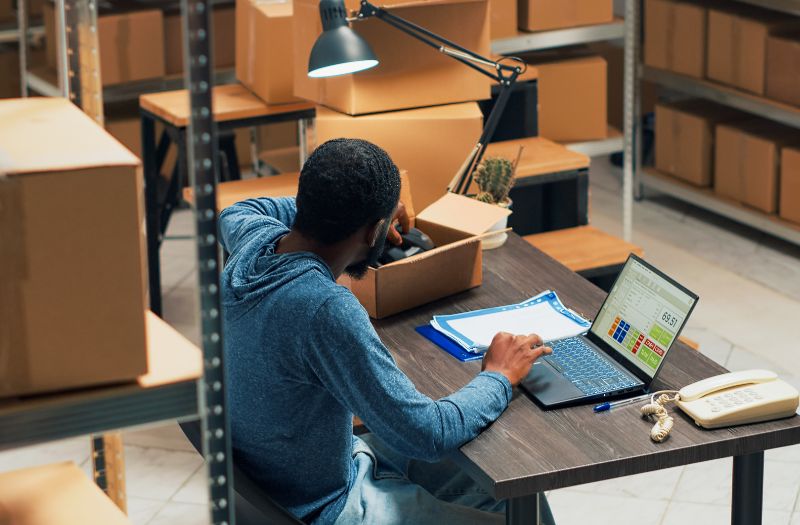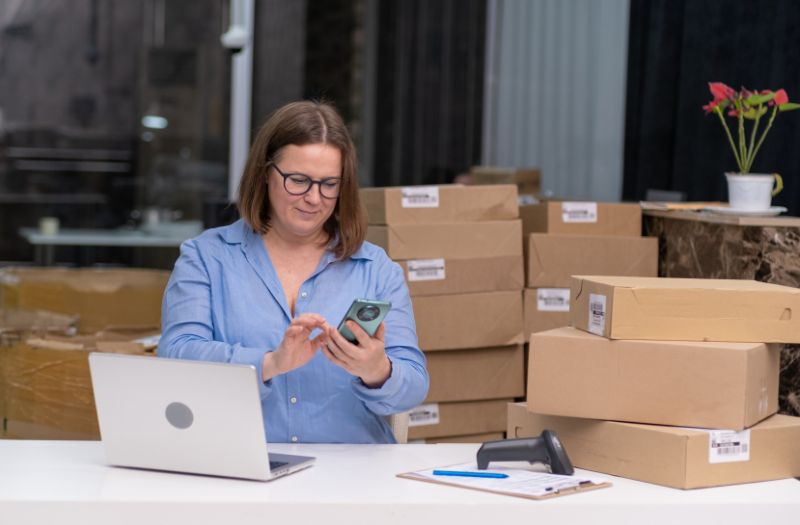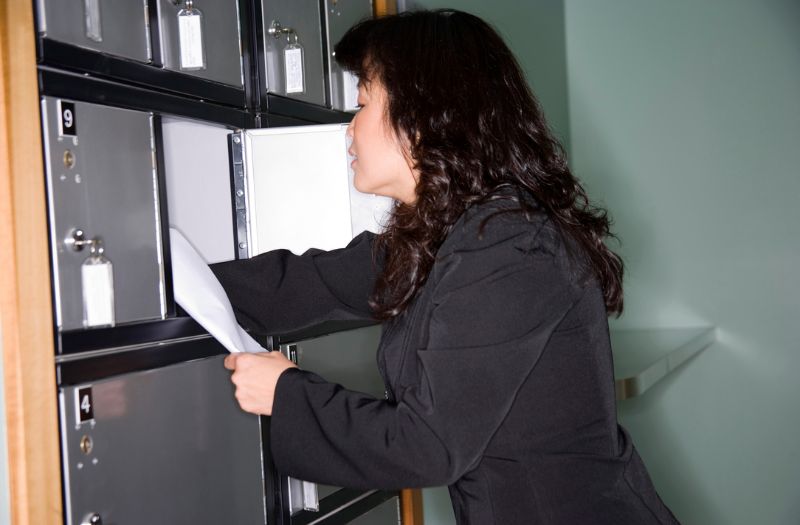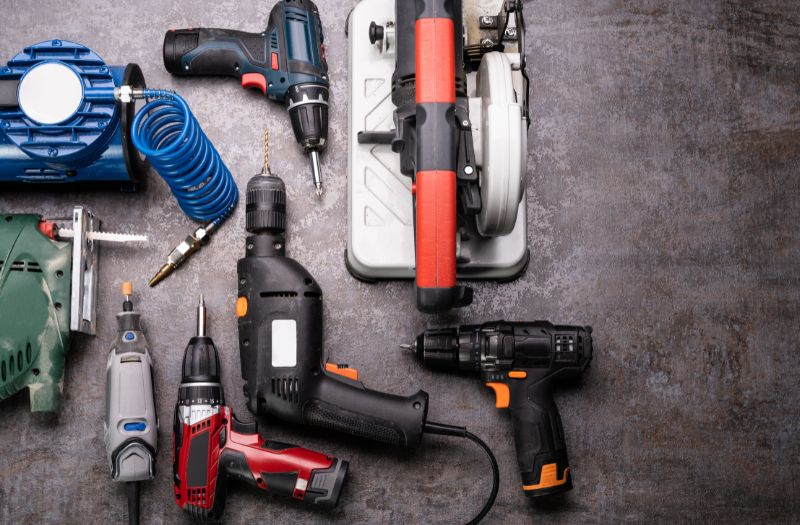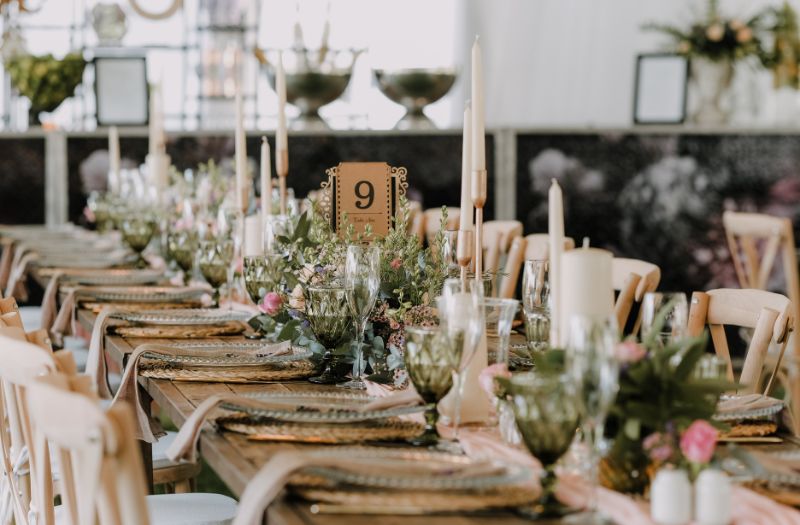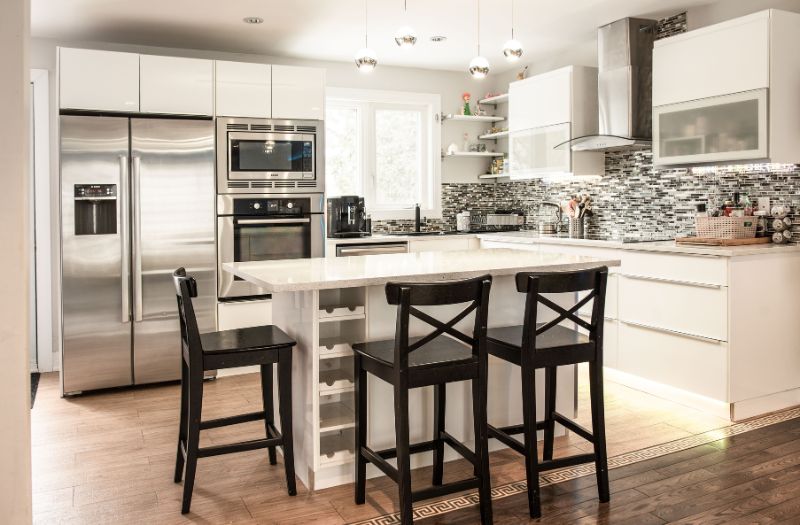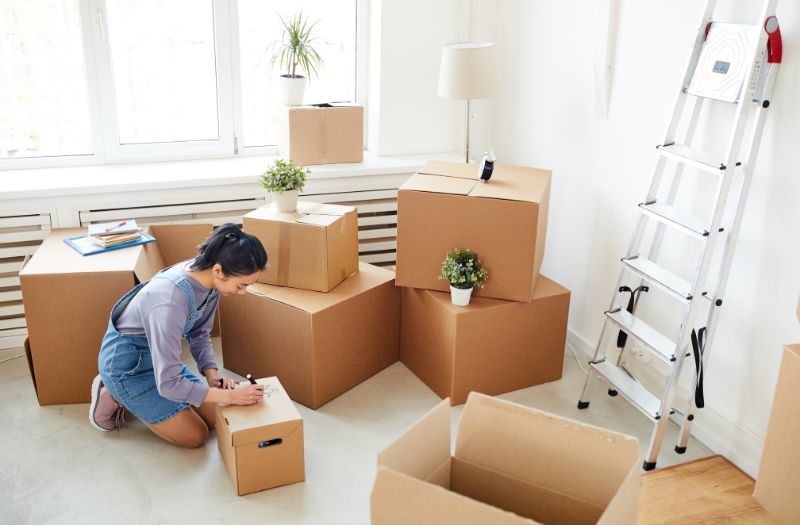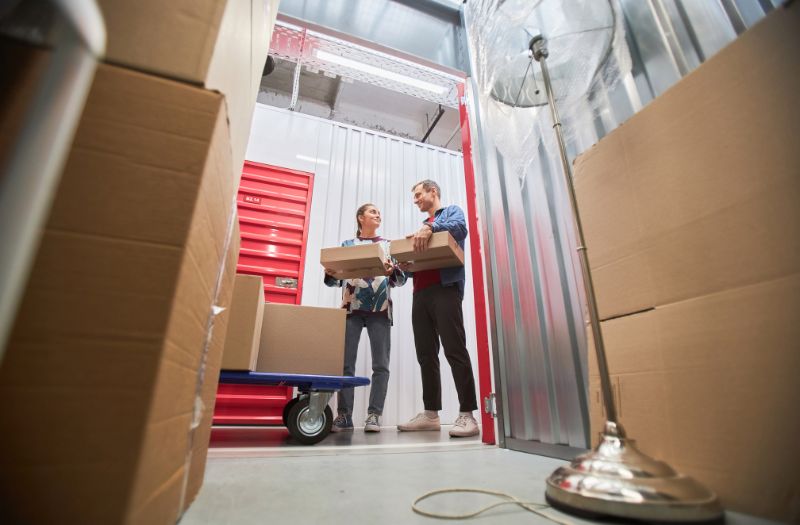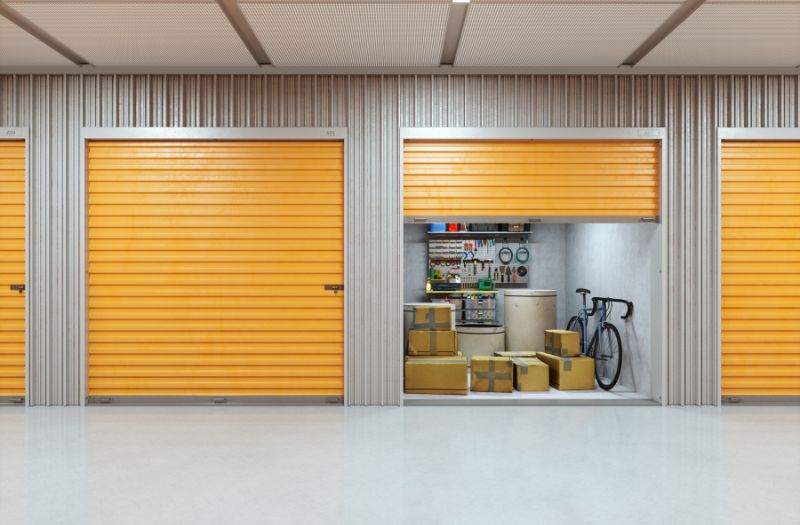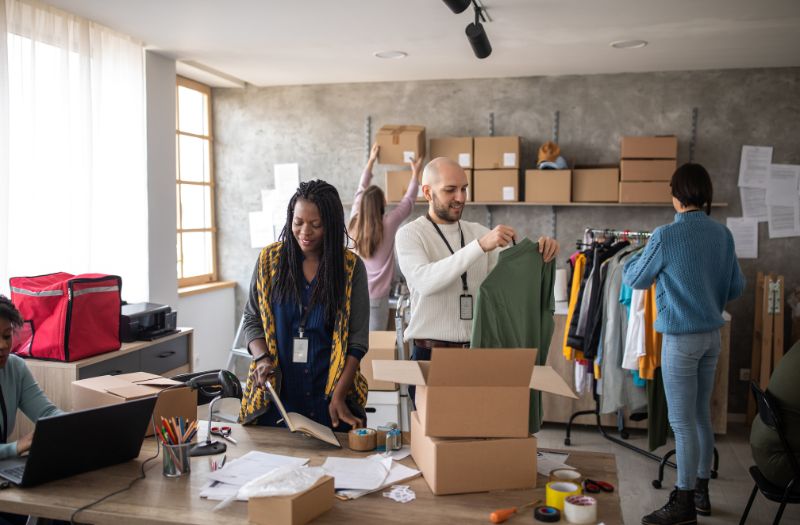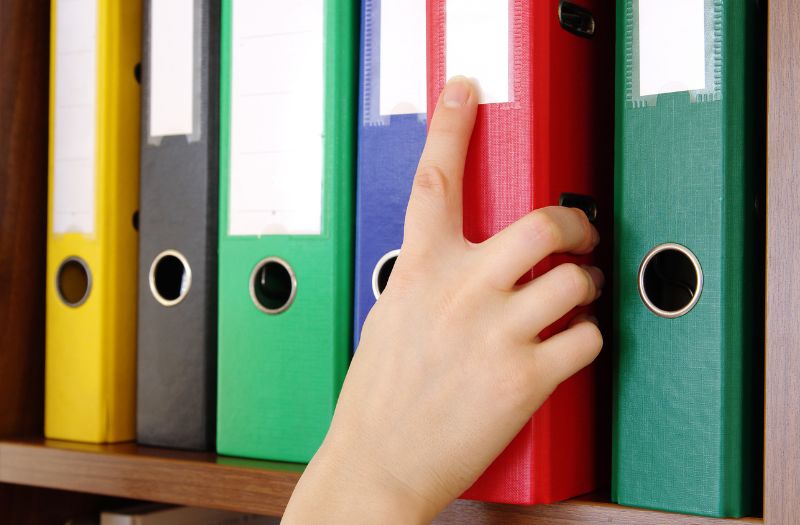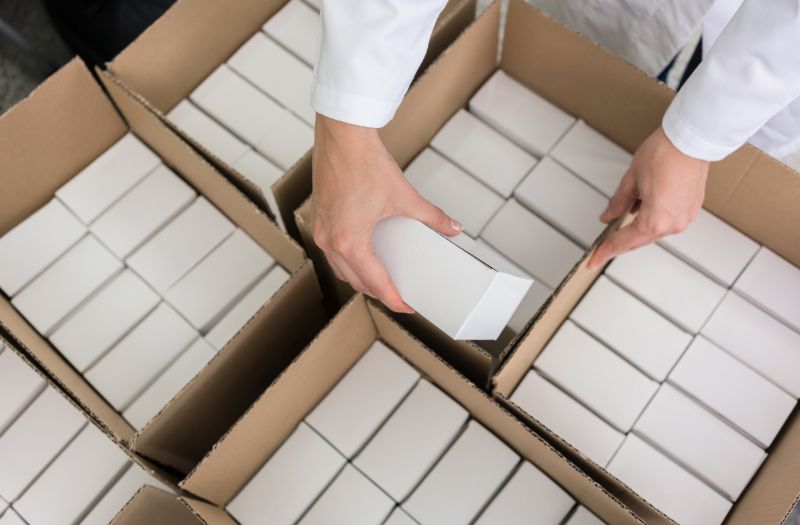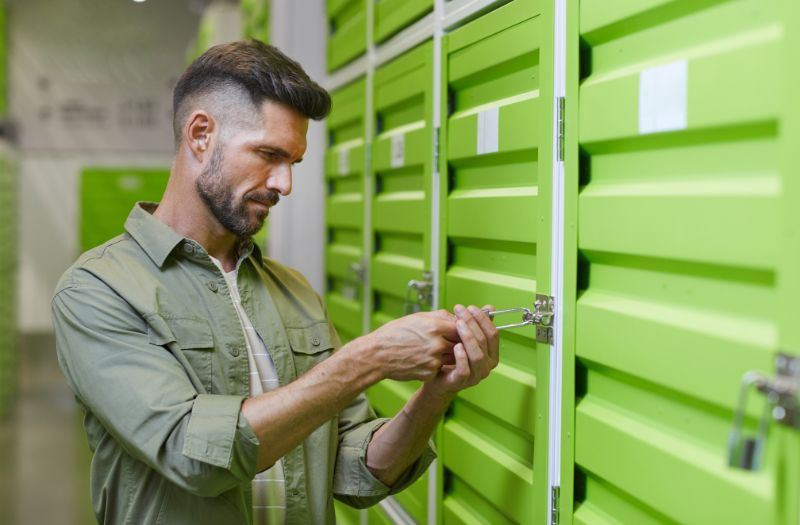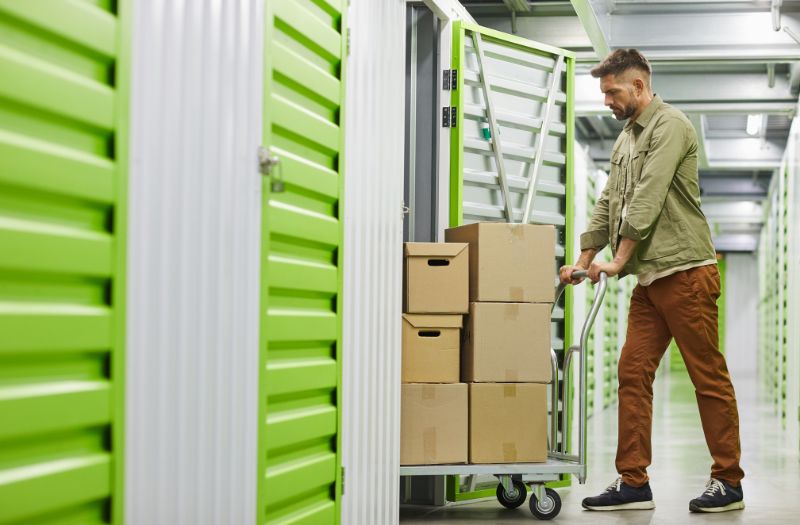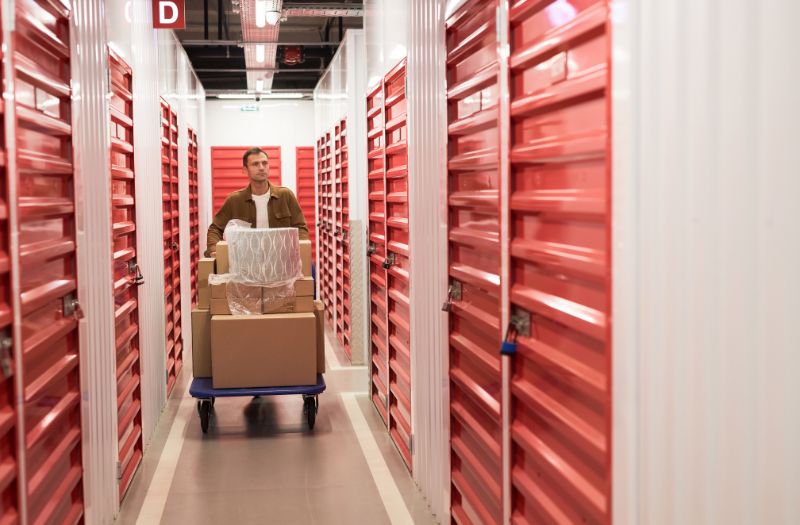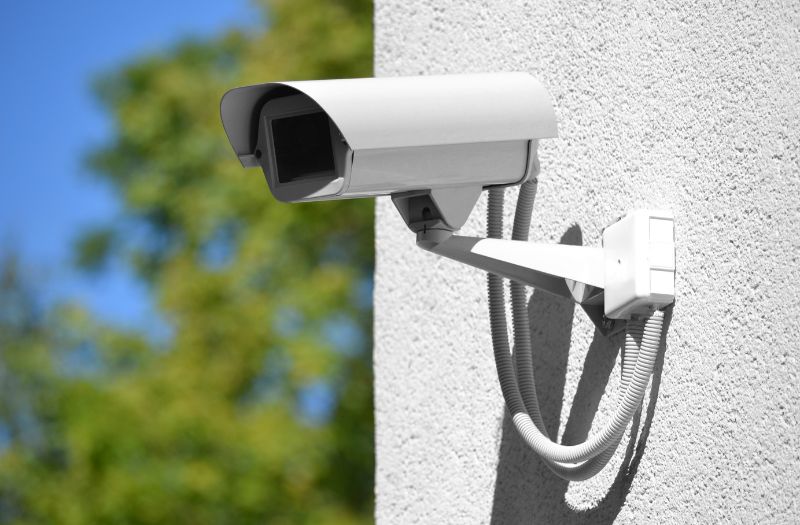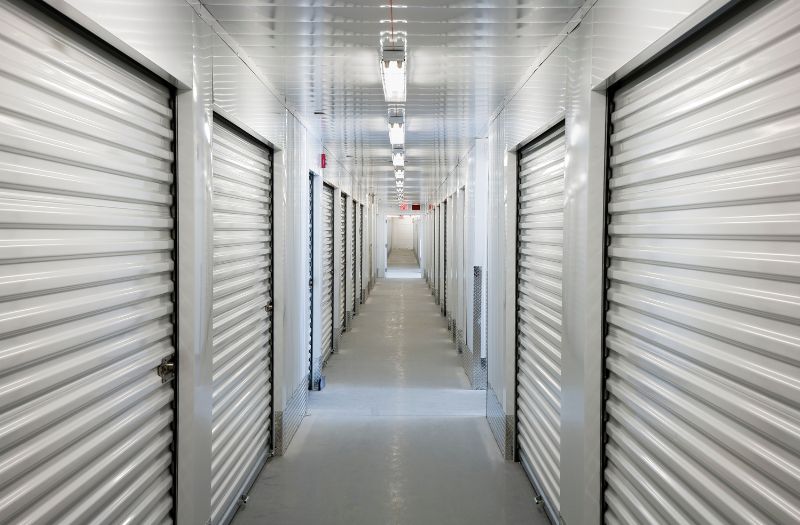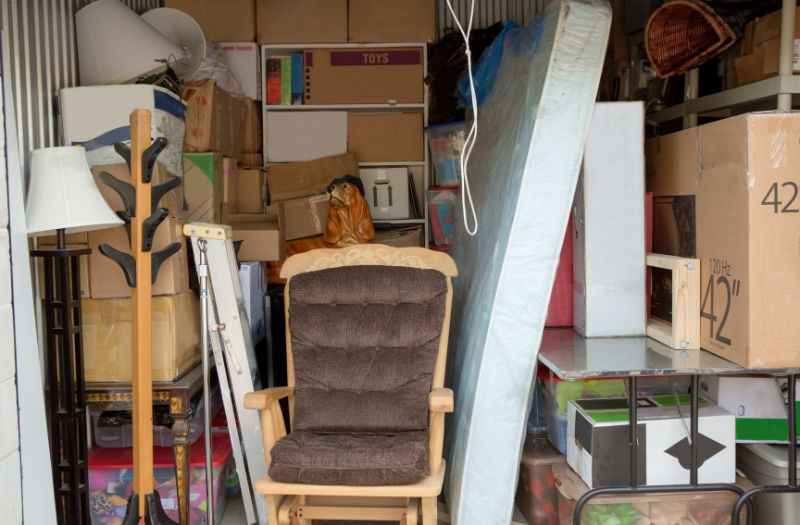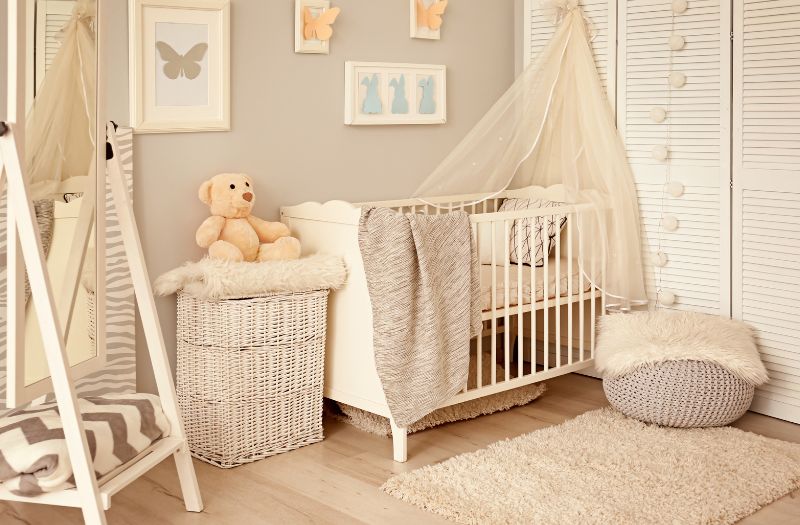The open road, a packed car, and a family full of excitement—what could go wrong? Well, plenty, if your snacks are buried under the suitcases, your toddler’s favorite toy is lost under the seat, and no one can find the phone charger. Road trips should be about adventure, not frustration over clutter and chaos.
With the right storage strategies, you can turn your car into an organized travel hub, ensuring a smoother, more enjoyable ride for everyone. Let’s dive into the best ways to maximize space, keep essentials within reach, and avoid those dreaded “Where’s my…?” moments on the road.

1. Pack Smarter with a “First-Use” Packing Strategy
Ever found yourself searching through an overstuffed trunk just to find a phone charger or a change of clothes? A well-packed car starts with knowing what you’ll need first.
How to Do It:
- Prioritize accessibility – Keep daily essentials in a separate bag up front.
- Layer your packing – Pack luggage based on when it will be needed. The last thing you’ll need goes in first.
- Use duffel bags instead of hard suitcases – They fit better into car spaces and are easier to squeeze into tight spots.
Pro Tip:
Pack an overnight bag separately if you’re stopping at a hotel before reaching your destination. That way, you don’t have to unpack the entire car just to grab pajamas and toothbrushes.

2. Create a Backseat Survival Kit for Kids
If you’re traveling with children, boredom and hunger can lead to crankiness. Keep them happy with a dedicated backseat kit filled with everything they’ll need for the ride.
What to Include:
- Travel-friendly games, books, and coloring supplies
- Headphones and pre-downloaded movies or audiobooks
- A small pillow and blanket for naps
- A spill-proof water bottle and snacks in resealable bags
Pro Tip:
Use a hanging backseat organizer with labeled pockets so kids can grab what they need without asking every five minutes.
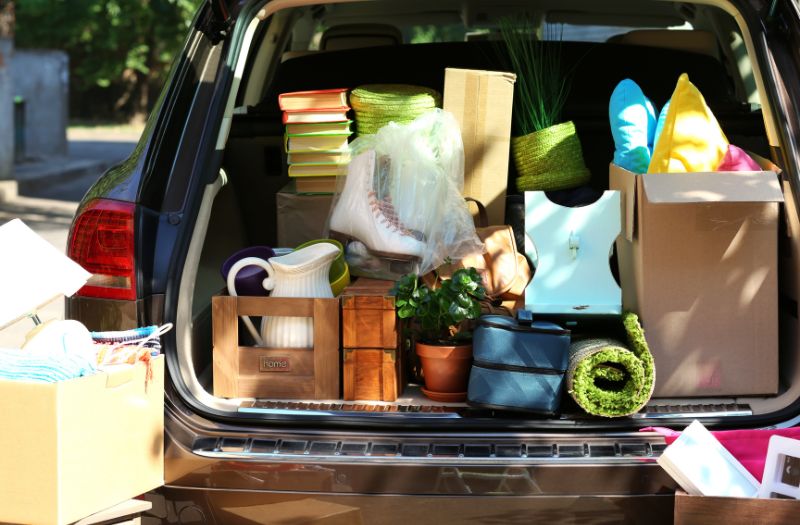
3. Use Storage Cubes for Trunk Organization
Your trunk is prime real estate, and how you organize it can make or break your trip. Instead of loose bags, use stackable storage cubes or collapsible bins to keep everything neat and accessible.
How to Organize Your Trunk:
- Bin 1: Emergency supplies (first-aid kit, flashlight, jumper cables, ponchos)
- Bin 2: Road trip essentials (snacks, extra water, paper towels)
- Bin 3: Outdoor gear (folding chairs, picnic blanket, frisbee)
Pro Tip:
Use color-coded bins so you can quickly find what you’re looking for. Clear plastic bins also help you see the contents at a glance.

4. Keep Snacks Under Control with a DIY Snack Caddy
Snacks are a road trip essential, but they can easily create messes and unnecessary stops if not managed properly.
How to Do It:
- Use a tackle box or divided container to separate different snacks.
- Pack a mix of healthy options and treats to satisfy everyone.
- Keep a small trash bag handy to collect wrappers and crumbs.
Pro Tip:
Freeze juice boxes or bottled water before the trip—they’ll keep snacks cool and serve as ice packs before they thaw for drinking.

5. Make the Most of Ceiling and Door Space
If your car feels packed to the brim, it’s time to start thinking vertically. Unused space above seats and on doors can provide extra storage opportunities.
Space-Saving Ideas:
- Ceiling Cargo Net: Store lightweight items like blankets, jackets, or soft bags overhead.
- Over-the-Door Organizers: Hang one over the back of seats for extra storage of small items.
- Velcro Pouches on Car Doors: Use them for storing maps, sunglasses, and chargers.
Pro Tip:
Avoid overloading ceiling storage—keep it for lightweight, soft items to prevent anything from shifting and falling.
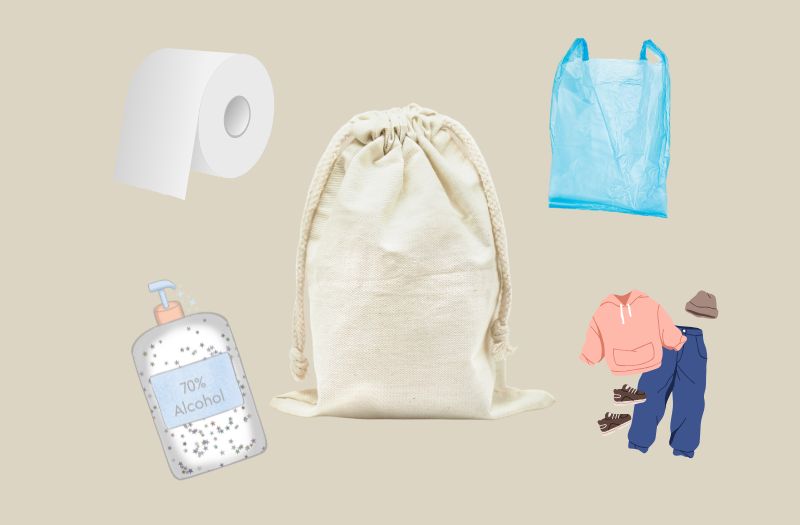
6. Pack an “On-the-Go” Bathroom Kit
Let’s face it—unexpected restroom stops are inevitable. Whether it’s a gas station with questionable hygiene or a long stretch of road with no facilities in sight, having a bathroom essentials kit can be a lifesaver.
What to Include:
- Travel-size toilet paper or wipes
- Hand sanitizer
- Extra plastic bags for trash or emergencies
- A change of clothes for young kids
Pro Tip:
Keep this kit in an easy-to-access spot—no one wants to dig through the trunk in an emergency.

7. Store Extra Luggage in a Rooftop Cargo Box
If your vehicle is running out of space, consider using an external storage option like a rooftop cargo box or hitch-mounted carrier.
When to Use One:
- If you’re traveling with bulky items like camping gear or extra luggage
- When you need to keep the main cabin clutter-free
- For longer trips where extra storage is essential
Pro Tip:
Check the weight limits of your vehicle and ensure all items are securely fastened to prevent shifting during travel.
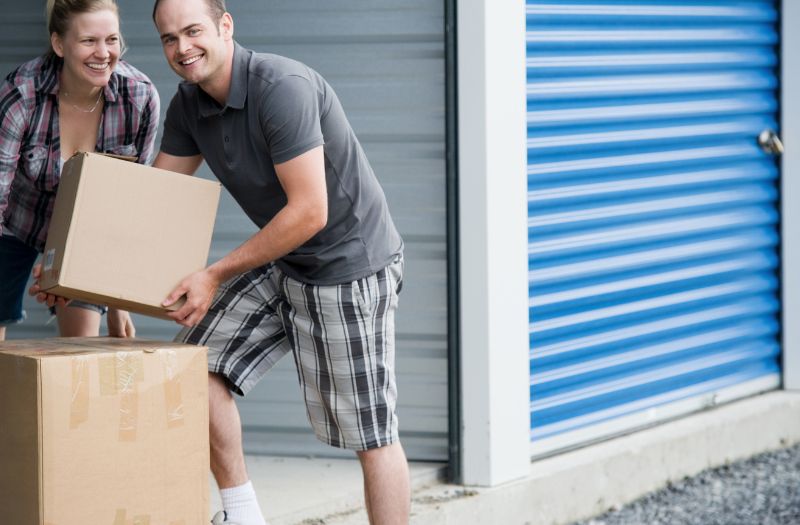
8. Use Self-Storage for Pre-Trip and Post-Trip Organization
If you travel frequently or have seasonal gear taking up space at home, consider renting a self-storage unit.
Benefits of Self-Storage for Road Trips:
- Store bulky travel gear like tents, camping stoves, and coolers.
- Keep suitcases and extra travel items organized in one place.
- Free up garage and closet space for everyday use.
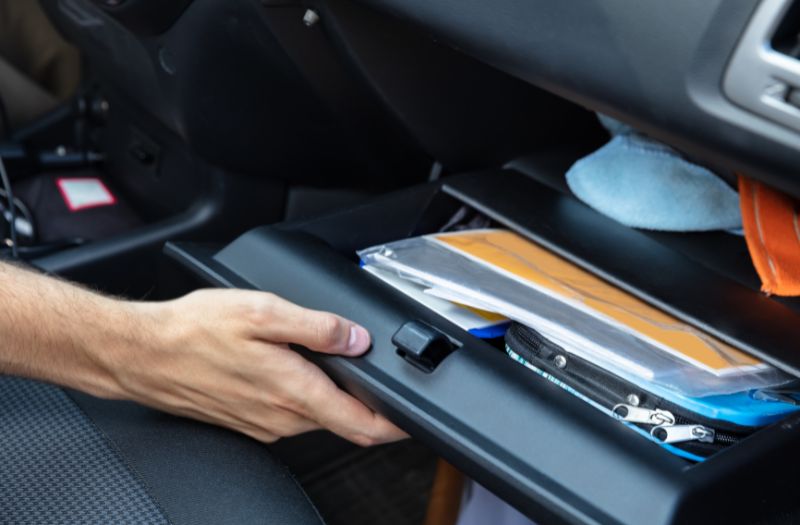
9. Have a Quick-Access Essentials Kit in the Glove Compartment
The glove compartment is prime storage real estate for small but important items. Keep a dedicated essentials kit with must-have road trip items.
What to Keep in Your Glove Box:
- Car registration and insurance documents
- Maps or a list of alternative routes in case of detours
- A mini first-aid kit and extra medication
- A small flashlight and multi-tool
Pro Tip:
Store these items in a zippered pouch to keep them together and easy to find.
Final Thoughts: Travel Smart, Stay Organized
A little preparation goes a long way in making your family road trip enjoyable and stress-free. By using smart storage solutions and efficient packing strategies, you can focus on making memories instead of dealing with clutter and chaos.
And if you find yourself needing extra space at home, self-storage can be a great way to keep travel gear out of the way when not in use.
With the right organization, every trip can be smoother, more enjoyable, and—most importantly—less stressful. Safe travels!
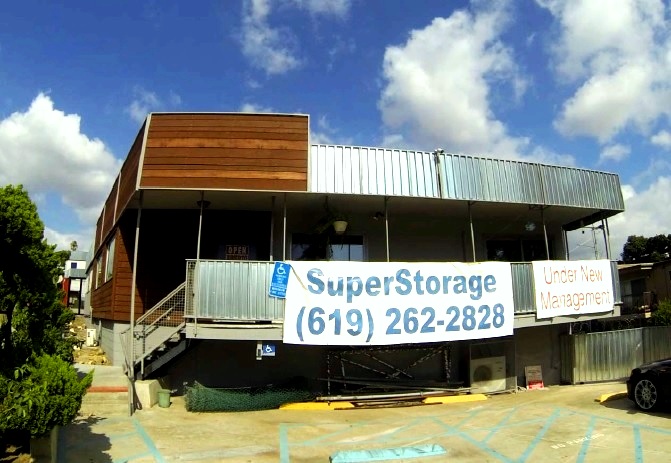
If you’re looking for a storage facility to store your belongings, SuperStorage San Diego has got you covered in this department. Here at SuperStorage San Diego, we offer a wide range of unit selections and top-notch security. To learn more about our self-storage facility, please check out our website at https://superstoragesandiego.com/.








